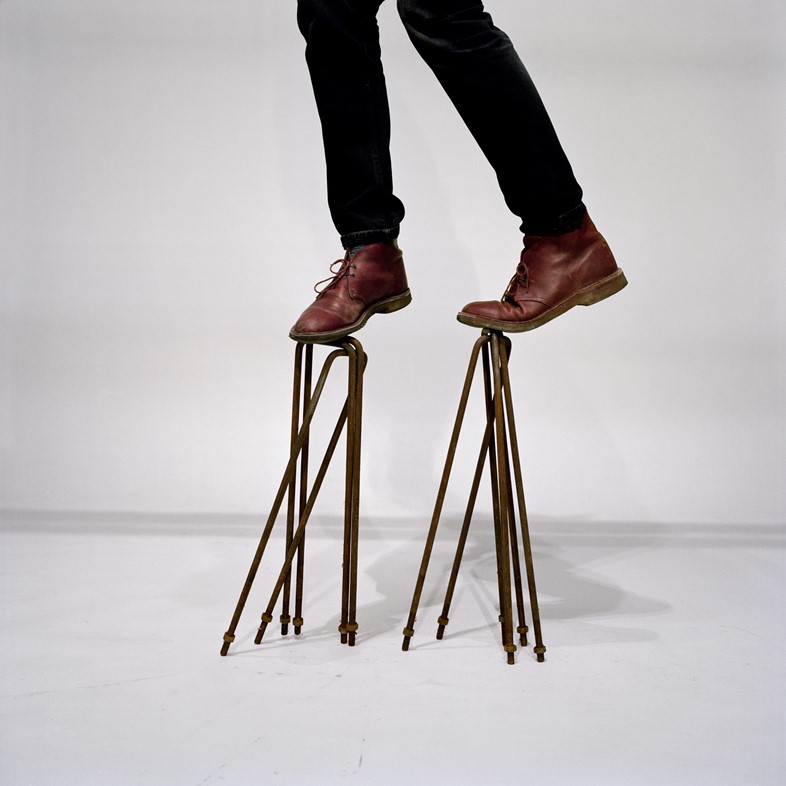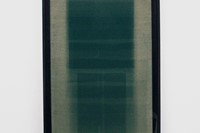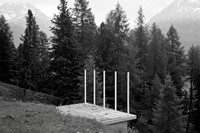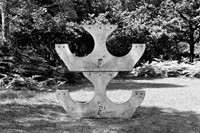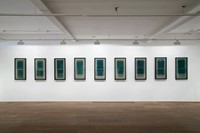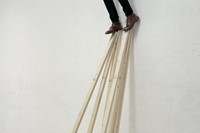The interdisciplinary creative muses on the evolution of his practice and the narrative behind his latest works
As an artist, Tom Lovelace eludes classification. As a photographer, he defies reason. Pairing style and substance in equal parts, he works somewhere between photography, sculpture and performance to create images and objects whose elegance and complexity sit shoulder to shoulder. "One of my main challenges is to disrupt particular processes, materials and ways of seeing," he explains. "I’m primarily interested in the experience of the three-dimensional world and how, as an artist, I can investigate that in the two-dimensional image."
Lovelace has done this in a multitude of ways. Fragments of an old noticeboard covered with posters, many of which were peeling away to reveal their own sun-faded outlines, became the material for a series of untitled works that express the artist’s interest in both photograms and found objects. Once framed, these looked like minimalist paintings, with their soft terracotta-coloured gradient and faintly modernist appearance.
"More often than not my work is very laborious and time-consuming," he says. "If you were to stumble upon me on the street making work, you might think I was making a film in terms of how elaborate the setup is. I made some of my most ambitious works when I was doing a residency in Switzerland last summer. I was using helicopters to move objects from the bottom of a valley to the top, and making installations outside and photographing them."
For an earlier series, In Preparation, he spent days at a time in empty gallery spaces with an array of found and functional materials to hand, orchestrating images that tap into themes explored throughout his multilayered body of work: the idea of the plinth, the hierarchy of art and object, the coming together of the figurative and the abstract, and the convergence between the document and the live event. By turns simple and visually disorientating, the resulting photographs show him precariously balancing on makeshift sculptures, and characteristically bringing the processes of image-making into a state of push and pull.
"Although I work between different mediums, I always come back to the photograph," Lovelace says. "I’m interested in the moment when photography breaks. I can’t help myself but be drawn to making things and doing things and performing things, but the underlying principle is how all of that can fold back into photography. It has to come full circle."
To coincide with Photo London 2016, as well as a solo show in Venice, the artist sheds light on his practice below.
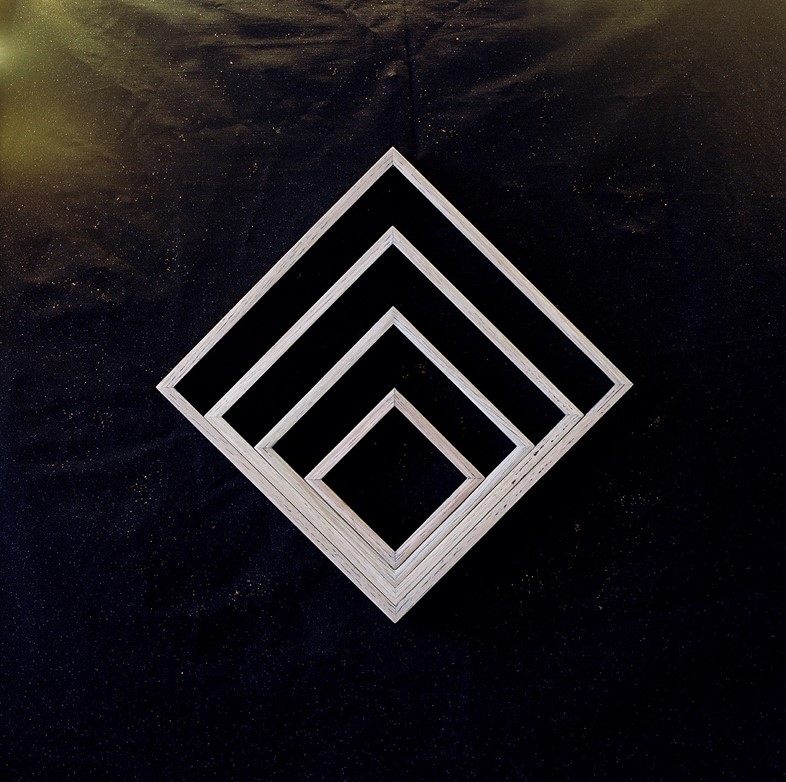
On materiality…
"On a very a basic level, most photographers are interested in using the camera as a recording device, but I’m interested in investigating the material world with photography. That means physically exploring photography, both in terms of the subject matter but also in terms of how a photograph manifests as an object. I see myself as an image-maker, but significantly, I’m interested in how materials and objects can be reinterpreted through the image. I also think surface and the materiality of photography itself is all-important in how photography manifests, from a print to a projection to a photogram."
On balancing ideas and aesthetics…
"It’s important that my work is conceptually driven, but it’s equally important that it’s aesthetically strong. I think that there are many artists who are all too consumed by concept, and sometimes forget that one of the responsibilities of an artist is not only to engage, but to visually engage. The goal, for me, is to create work that is full-bodied."
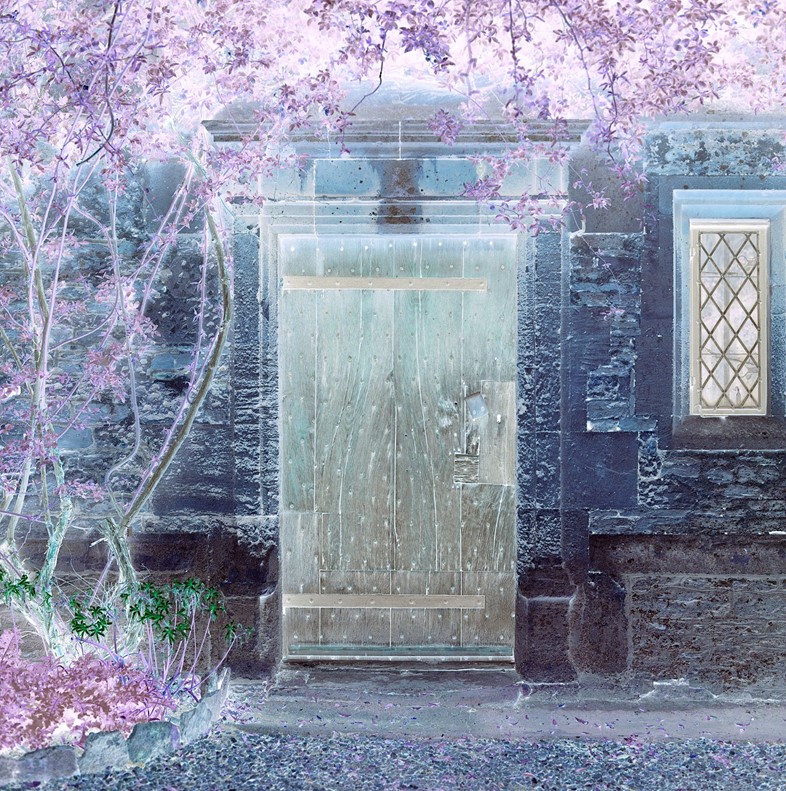
On playfulness…
"For some people my work is playful, but I’m not sure it’s consciously so. The materials I use and the subjects that I’m interested in, I hold in the utmost regard. Starting out five or six years ago, some might have questioned whether my work was photography, and some might have questioned whether my work was sculpture. If you couple that with the fact that after I graduated I spent three or four years intentionally making work I had no plans to exhibit, and really pushing myself forward behind closed doors, there was no pressure. So although the intentions were always serious and genuine, it came together in a fairly playful manner. I think that’s subsequently carried through."
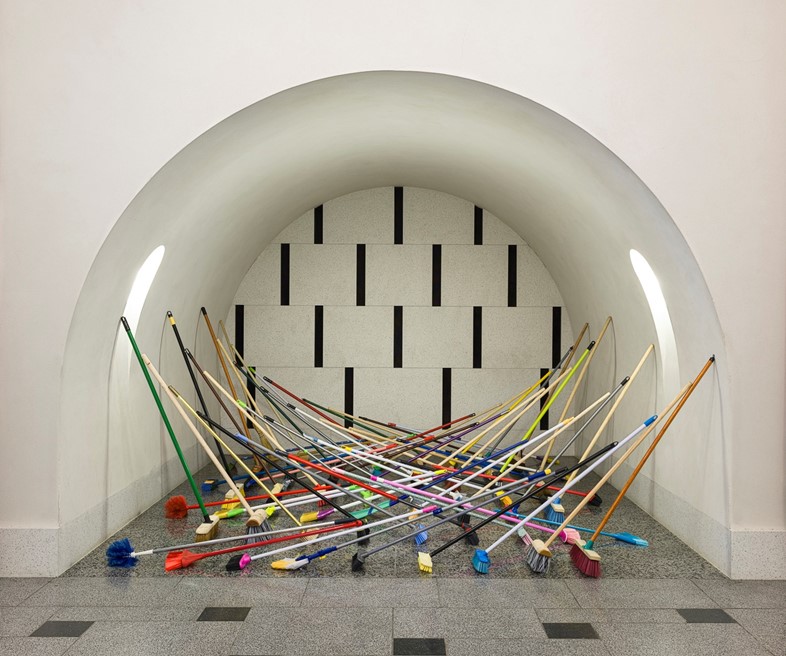
On photography in the digital age…
"I’m highly conscious of working in the digital age, but it’s more of a general interest rather than a direct concern in my practice. The significance of photography – where and how photography exists in our society and in our times – is something I think about all the time. More directly, the digital evolution of photography is problematic and challenging, especially when it comes to ideas about representation. Since the evolution of digital media, the whole idea of photography and truth has been blown out of the water. I think for any artist working with photography, it’s still valid to try and understand how the digital world has affected the way we see. I don’t think the explosion of mass photography negatively affects the work I do. If anything, it’s the opposite. I would say, though, that I think the real onus is on the galleries and curators to continue to programme and select stimulating displays of photography, and the challenge could, for them, become problematic or overwhelming, but for some, it’s even more exciting."
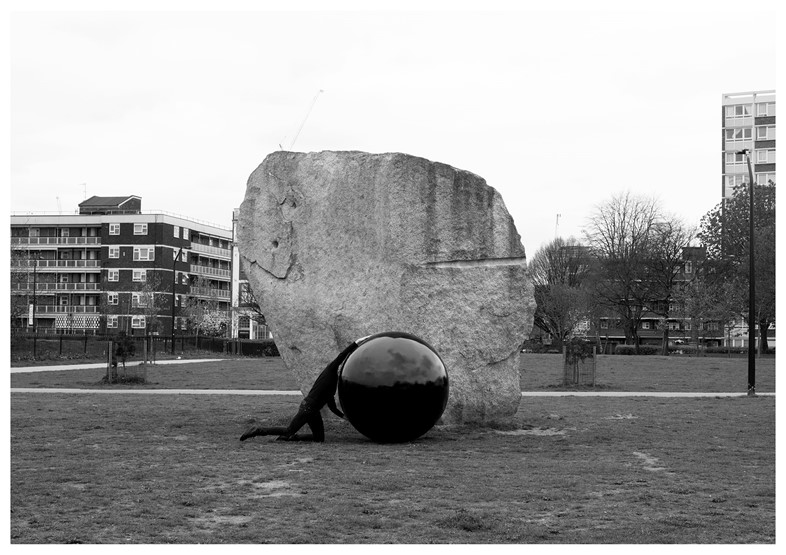
To coincide with Photo London 2016, Tom Lovelace will present 'Gardening' as part of Peckham 24. His exhibition 'Tipping Point' is also on show at Alma Zevi Gallery in Venice until May 20, 2016.
